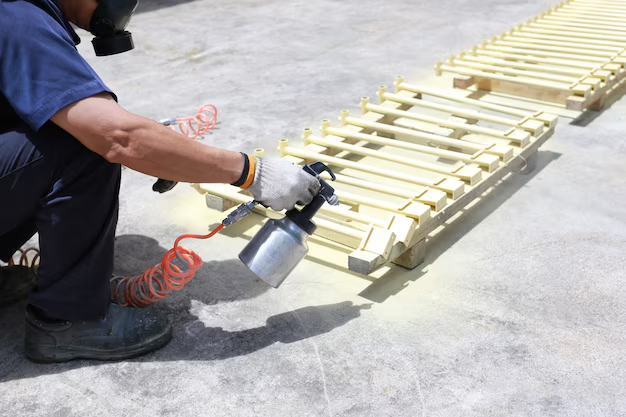Fixing a Leaky Roof: A Step-by-Step Guide
A leaky roof can be one of the most stressful home repairs, especially during rainy seasons. Not only can it lead to water damage, but it may also skyrocket your maintenance costs if left unattended. But fear not; fixing it can be manageable, even for a DIY novice. Here’s a guide to help you address roof leaks efficiently so you can safeguard your home and investment.
Identifying the Source
Start Inside: The first indication of a roof leak is usually a damp spot or stain on the ceiling. Once you spot it, check your attic and work your way up. The point where water enters the home may not be directly above these stains, so trace the path upward along beams.
Inspect the Roof: Once you've narrowed down the potential leak location from inside, grab a ladder and inspect your roof. Look for damaged, curled, or missing shingles, as well as any visible punctures or debris build-up.
Gather Your Tools and Materials
Before diving in, ensure you have the necessary materials ready:
- Roofing nails
- Replacement shingles
- Roofing sealant or a waterproof tarp
- A hammer or nail gun
- A pry bar
- Flashing material if needed
Repair the Leak
Replace Damaged Shingles
Carefully Remove: Use a pry bar to gently lift and remove damaged shingles. Take care not to damage adjacent shingles.
Install New Shingles: Slide the new shingles into place, making sure they align with existing shingles. Secure them with roofing nails, and apply sealant to ensure they are watertight.
Seal Smaller Leaks
For minor leaks or cracks:
- Apply a generous amount of roofing sealant to the affected area.
- Ensure it overlaps any faulty seals or gaps where water might creep through.
Install Flashing
If the leak is around a vent, chimney, or sky light:
- Remove the old, corroded flashing and replace it with a new piece.
- Secure it with nails and seal the edges to prevent leaks.
Consider Professional Help
If the job feels too big for your DIY skills or the roof is significantly damaged, calling in a professional is wise. A roofing contractor can ensure everything is up to standard and safe.
Beyond Repairs: Financial Assistance and Support
Fixing a roof can be costly, and many households might find it financially straining. Here are some financial options to consider for managing repair costs and improving your home's longevity.
💰 Financial Assistance & Support Options
Government Aid Programs:
- Look into local or federal home repair assistance programs for low-income families.
- The Weatherization Assistance Program (WAP) helps reduce energy costs by improving the energy efficiency of homes, which could include roof repairs.
Home Improvement Loans:
- Consider personal loans with low-interest rates or home improvement loans specifically designed to cover such repairs.
Insurance Claims:
- If your policy covers storm damage or other roof-related issues, filing a claim might significantly reduce your expenses.
Emergency Funds:
- Explore local charities or community programs that provide one-time emergency funds for unexpected home repairs.
Credit Card Offers:
- Utilize credit cards with promotional interest rates to spread out repayment without incurring significant interest if repaid within the promotional period.
Educational Grants and Workshops:
- Some organizations offer workshops or grants that provide DIY training or funds for repairs—a practical long-term investment in your skills and home.
Ensuring your roof is sealed tight is critical not just for comfort, but for financial and property security. Pairing practical repair steps with financial solutions can help ease the burden, providing a safe and sound home environment.
